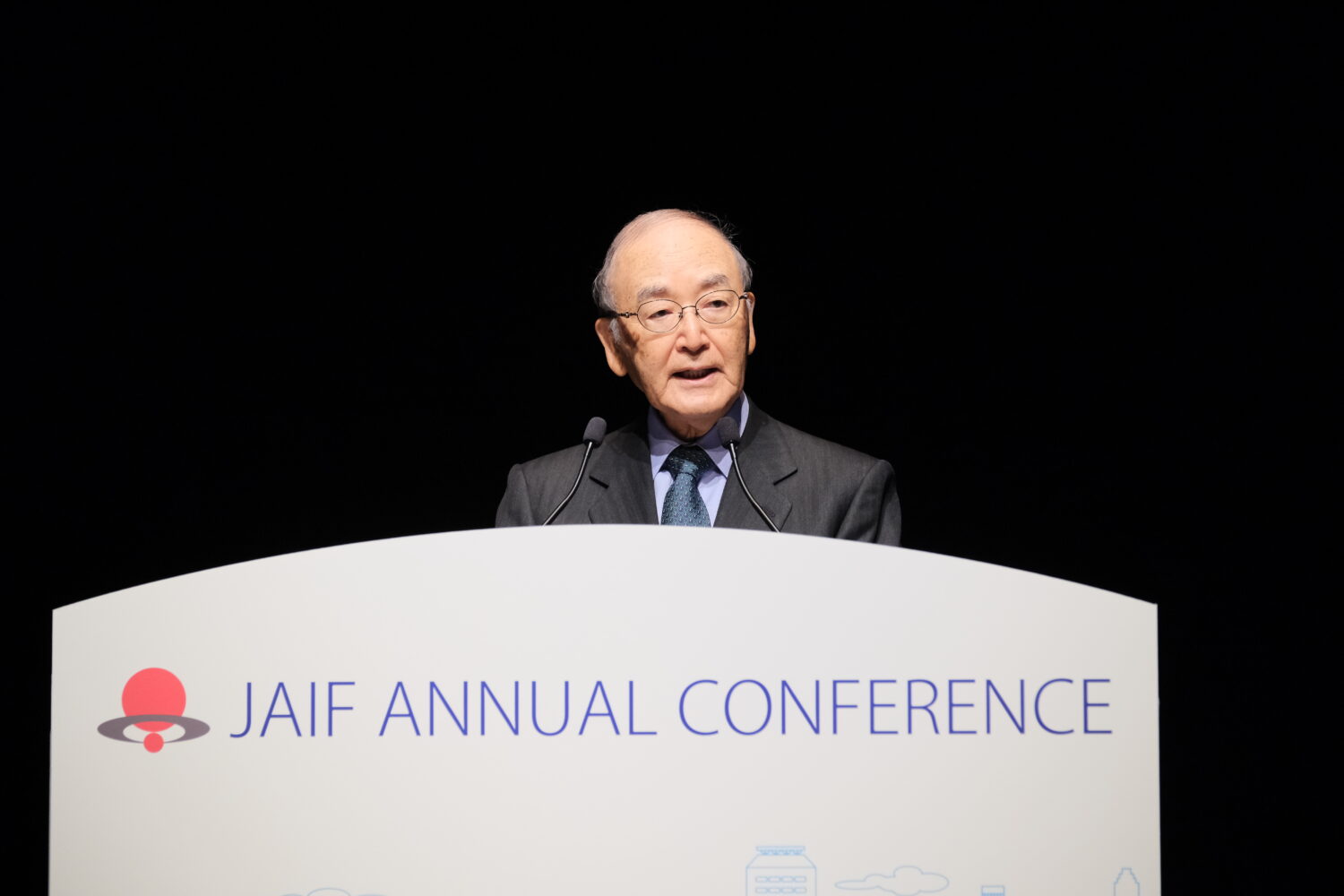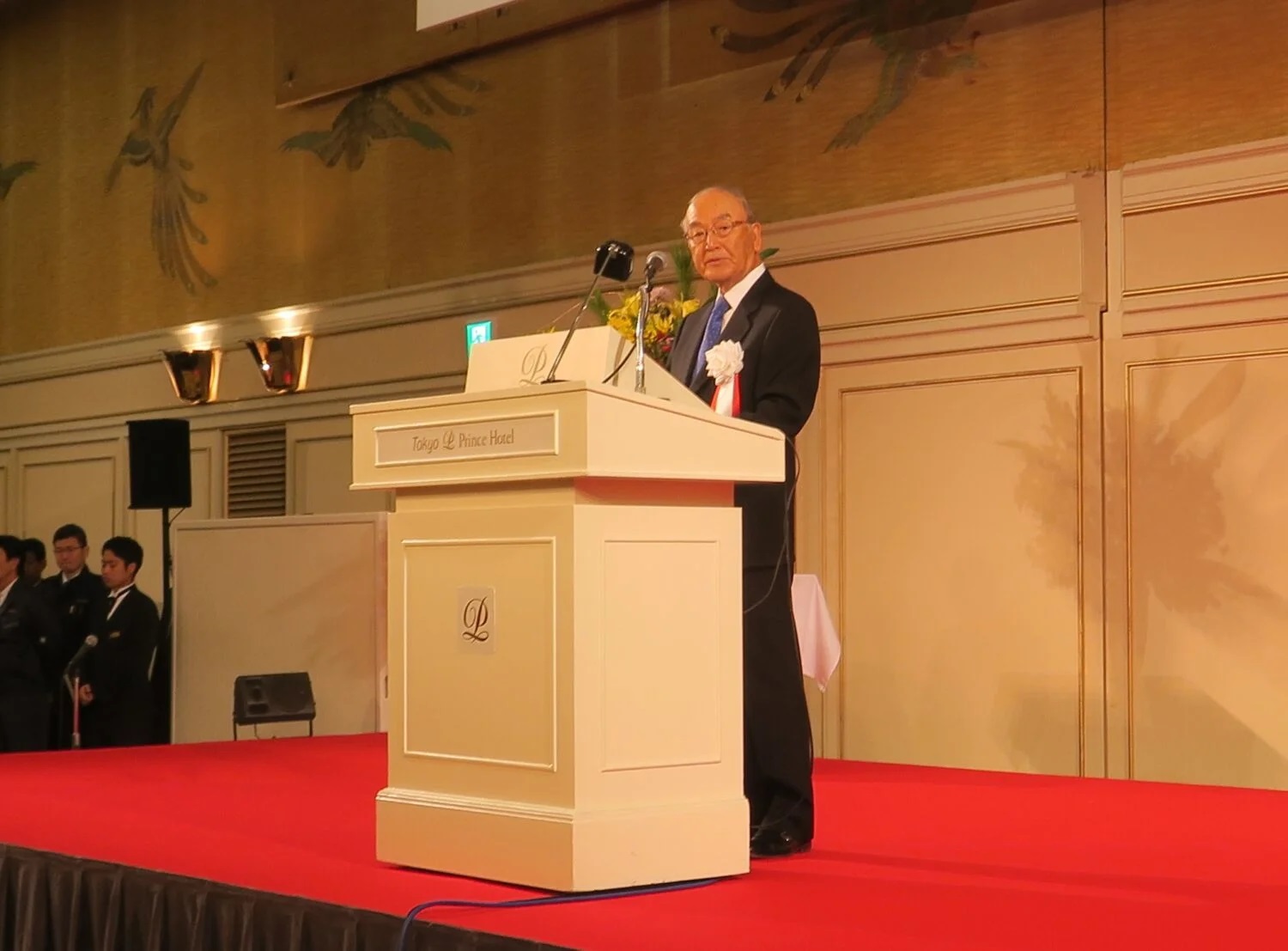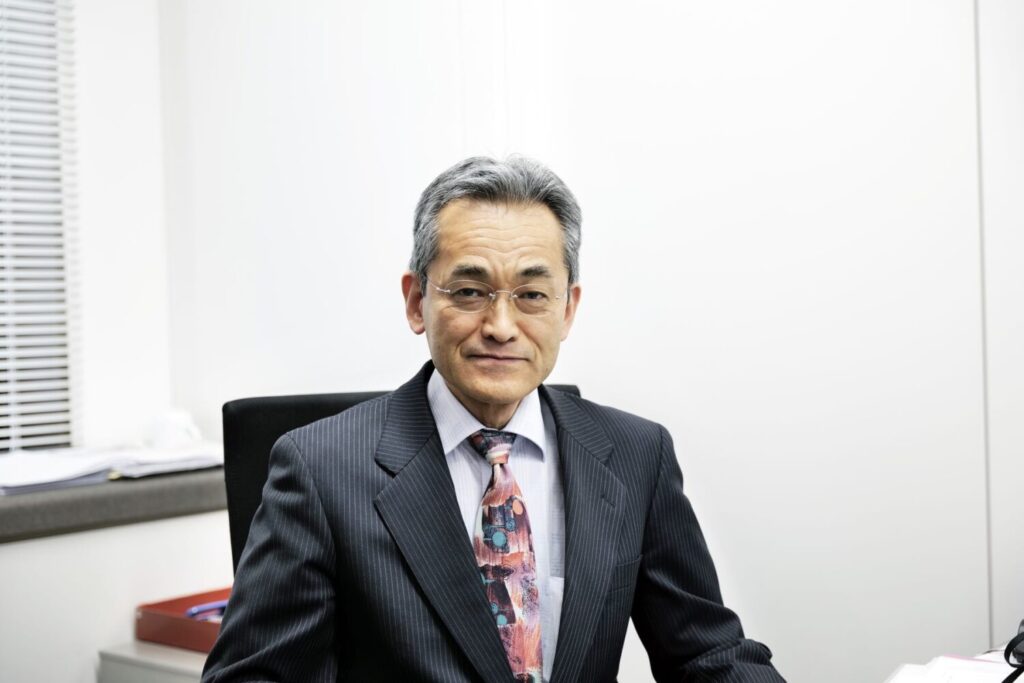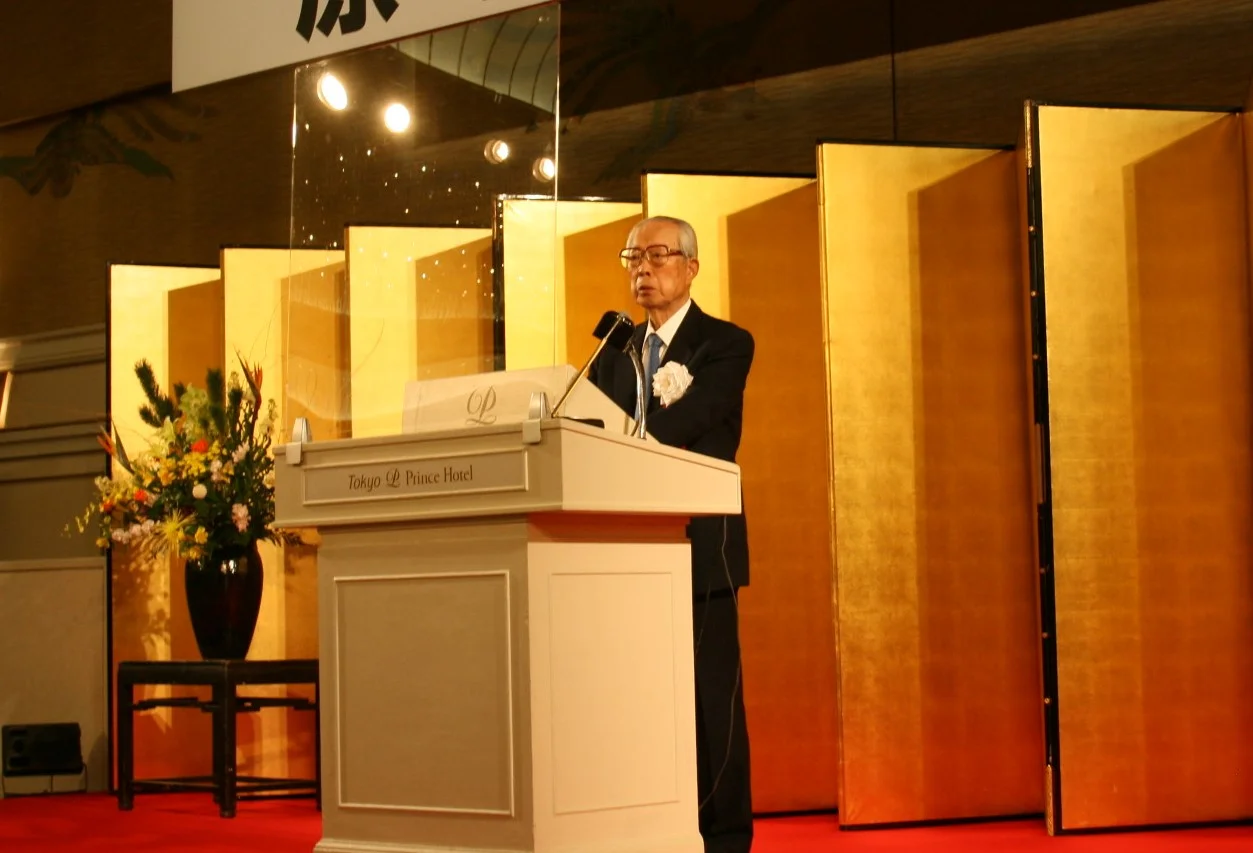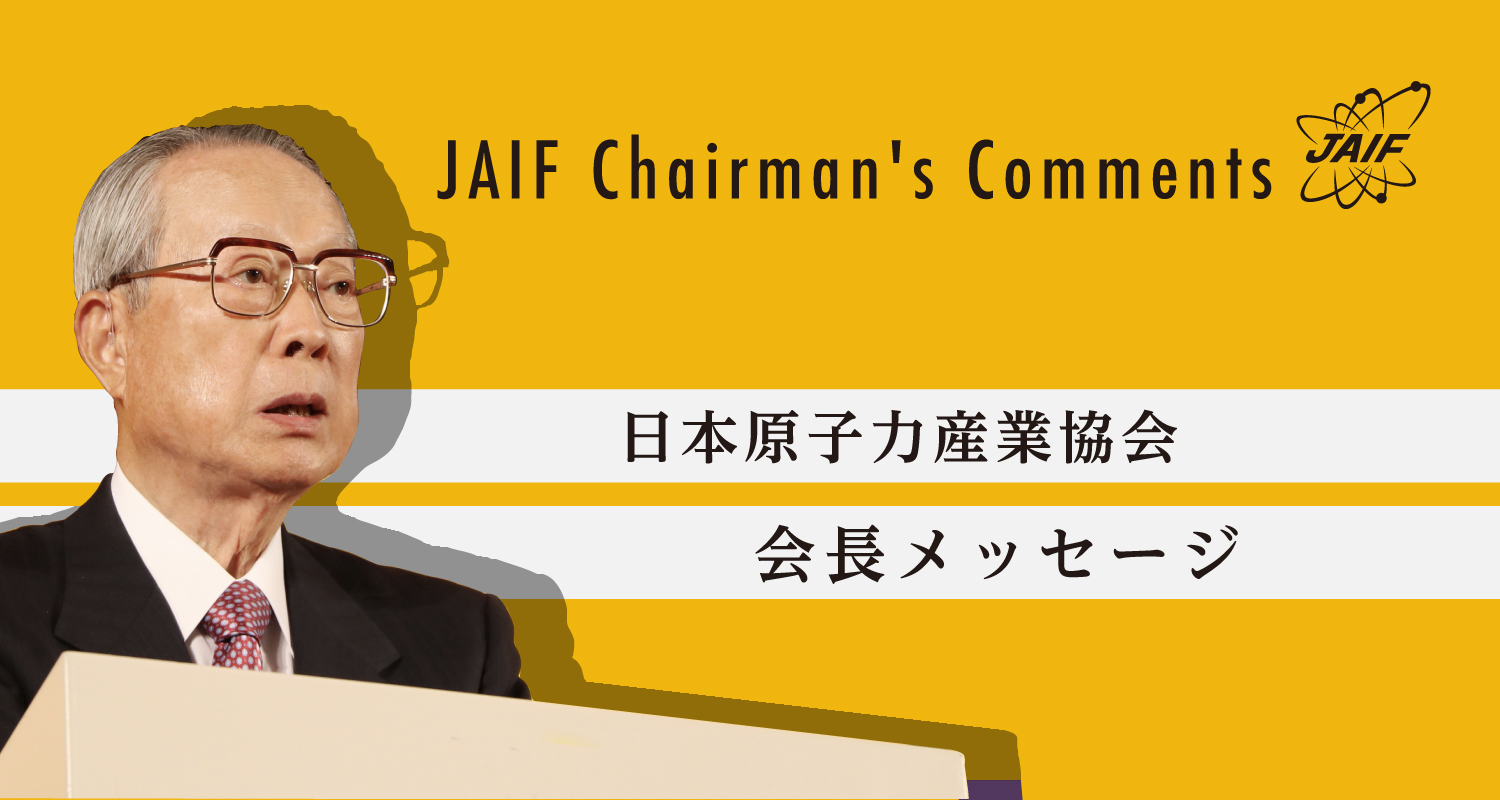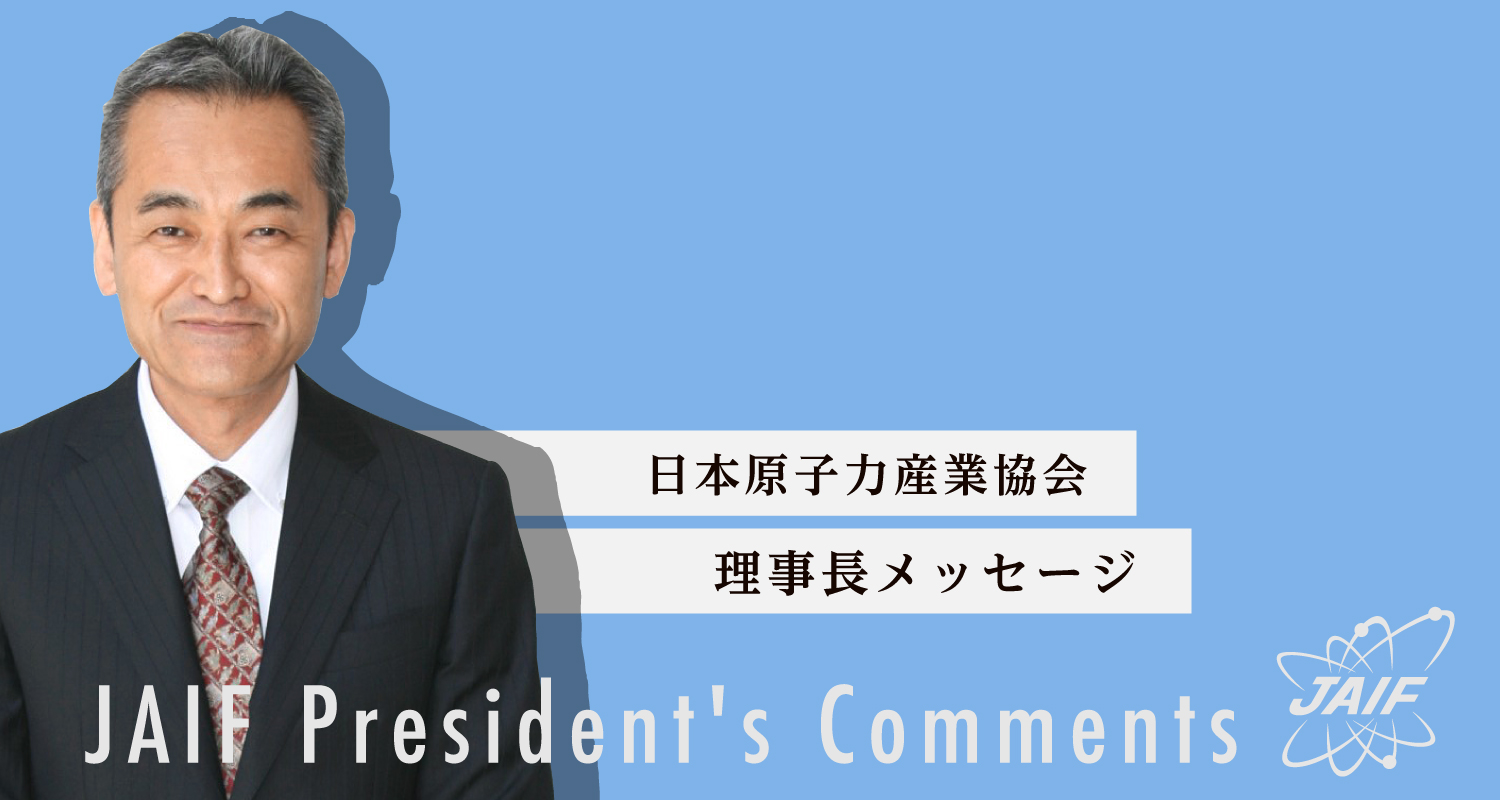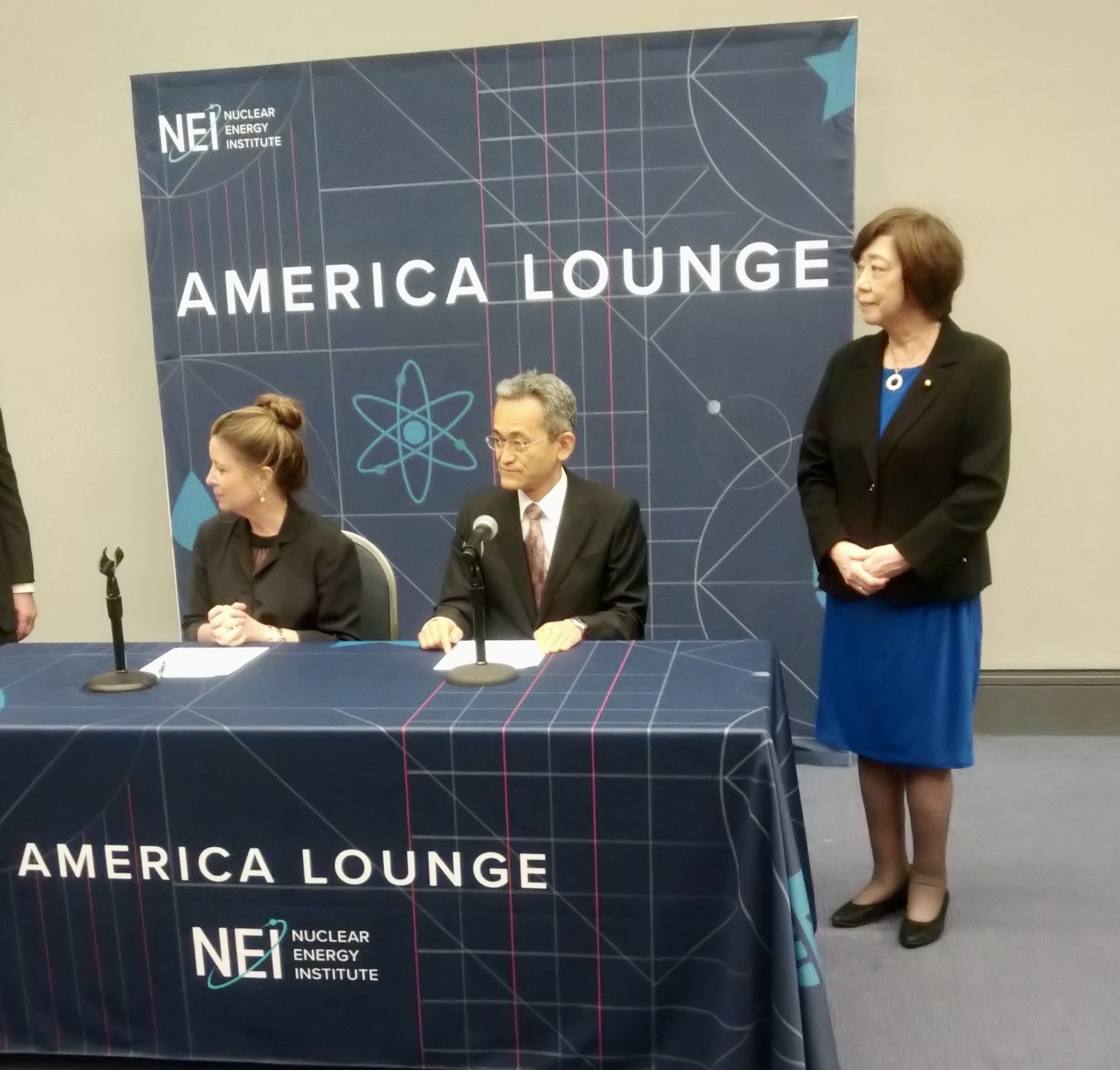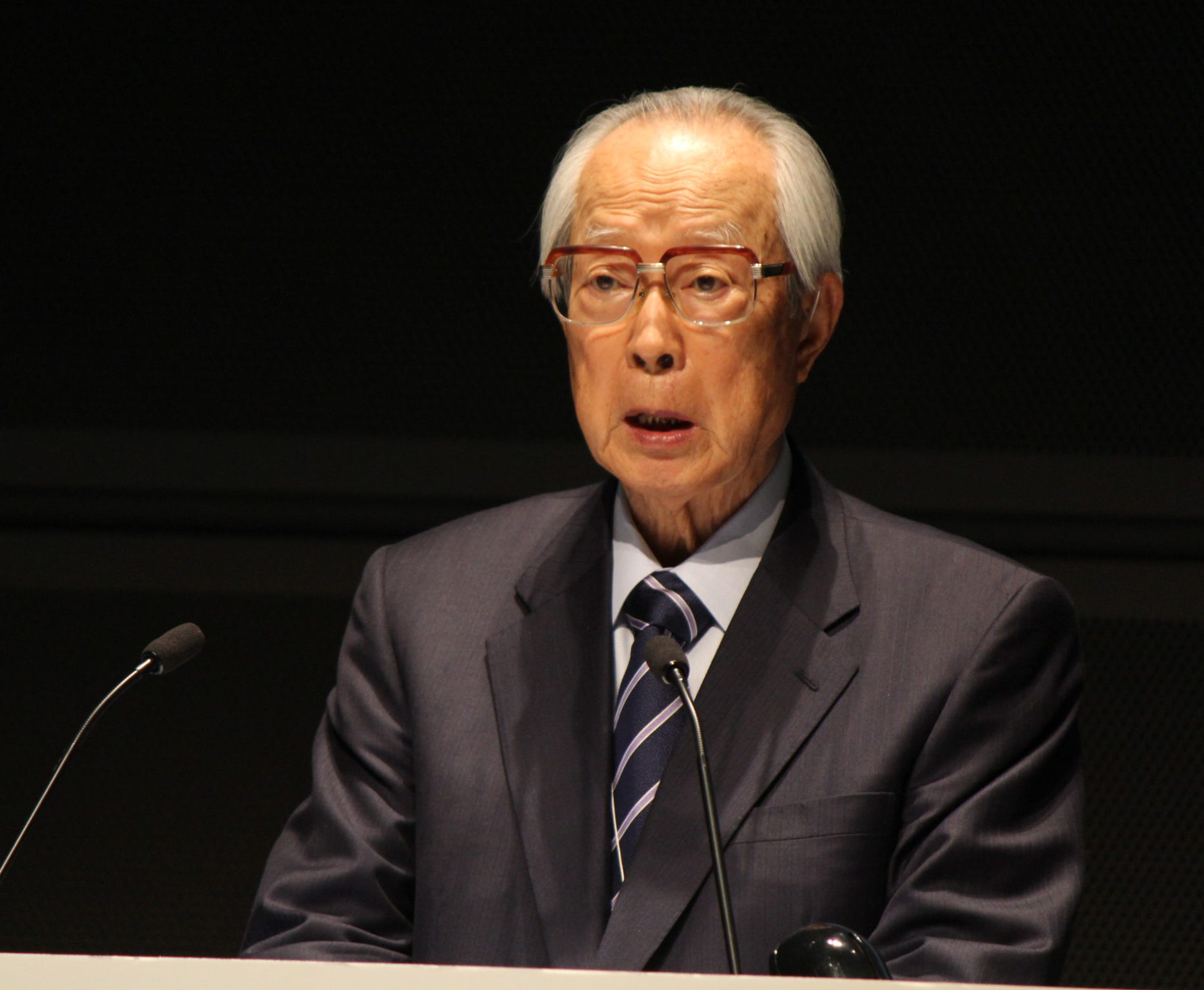Takeshi Iimoto, PhD
Associate Professor, Division for Environment, Health and Safety
The University of Tokyo
The International Atomic Energy Agency (IAEA) is promoting the mission of devising educational programs and developing teaching resources related to nuclear science and technology (NST), within the framework of “Supporting Sustainability and Networking of National Nuclear Institutions in Asia and the Pacific” (RAS/0/065, 2012-15). In addition to NST, the purpose of the mission is to devise educational programs and develop teaching resources for junior and senior high school students to enable them to become more fascinated more broadly with science, technology, engineering and mathematics (STEM). Using those as a reference, several countries in Southeast Asia and elsewhere have been conducting trial classes.
 So far, governmental organizations, academic societies, and other groups from Japan, the United States, Australia, the United Kingdom, and elsewhere have sponsored various educational practices and exhibits in those countries, with information exchanged among the participants. I, Takeshi Iimoto, supported by my many years of involvement in radiation education programs for elementary, junior high and senior high students run by the Japanese Ministry of Education, Culture, Sports, Science and Technology (MEXT) and other institutions, have been participating in the program as a representative from Japan through the Nuclear Human Resource Development Network.
So far, governmental organizations, academic societies, and other groups from Japan, the United States, Australia, the United Kingdom, and elsewhere have sponsored various educational practices and exhibits in those countries, with information exchanged among the participants. I, Takeshi Iimoto, supported by my many years of involvement in radiation education programs for elementary, junior high and senior high students run by the Japanese Ministry of Education, Culture, Sports, Science and Technology (MEXT) and other institutions, have been participating in the program as a representative from Japan through the Nuclear Human Resource Development Network.
As the next step in the activity, four countries were chosen as locations for holding trial classes: the Philippines, Indonesia, Malaysia, and the United Arab Emirates (UAE). They have been using the examples of advanced countries as a reference in drawing up their own educational packages, and are now beginning preparations to introduce such programs in their schools. A particular feature of IAEA’s mission this time is the format by which the people related to the countries’ educational ministries have been put in charge of the activities, with representatives from the field of nuclear energy assuming supporting roles.
Recently, the three countries of the Philippines, Indonesia, and Malaysia (excluding the UAE, which has decided to take its own course of action) have almost wholly introduced Japan’s two-hour radiation curriculum: one hour of classroom lectures followed by one hour of practical training (cloud chamber observation, and environmental radiometry using “Hakaru-kun,” a simple radiation counter).
 To that end, four Japanese lecturers were invited as experts officially dispatched from the IAEA from January to April 2015: myself, Tomohisa Kakefu (Japan Science Foundation), Itaru Takahashi (Japan Atomic Energy Relations Organization, or JAERO), and Rieko Takagi (Energy PR expert). We took part in training seminars for high school teachers at each of the three aforementioned countries, giving direct guidance and advice on-site about such matters as lectures and/or actual demonstrations. The countries have each since run a trial educational program on radiation, based on their experiences in the seminars and using methods developed to match its particular circumstances. They are now transitioning to the process of carrying out the program at as many schools as possible to make it widespread.
To that end, four Japanese lecturers were invited as experts officially dispatched from the IAEA from January to April 2015: myself, Tomohisa Kakefu (Japan Science Foundation), Itaru Takahashi (Japan Atomic Energy Relations Organization, or JAERO), and Rieko Takagi (Energy PR expert). We took part in training seminars for high school teachers at each of the three aforementioned countries, giving direct guidance and advice on-site about such matters as lectures and/or actual demonstrations. The countries have each since run a trial educational program on radiation, based on their experiences in the seminars and using methods developed to match its particular circumstances. They are now transitioning to the process of carrying out the program at as many schools as possible to make it widespread.
The IAEA started the project since it felt that education on nuclear, radiation, and energy was important during the stage of secondary education. The advanced experience built up by Japanese involved with radiation education over a long period was again given high marks by the IAEA and the international community on this occasion. The mission will continue until the end of 2015.


